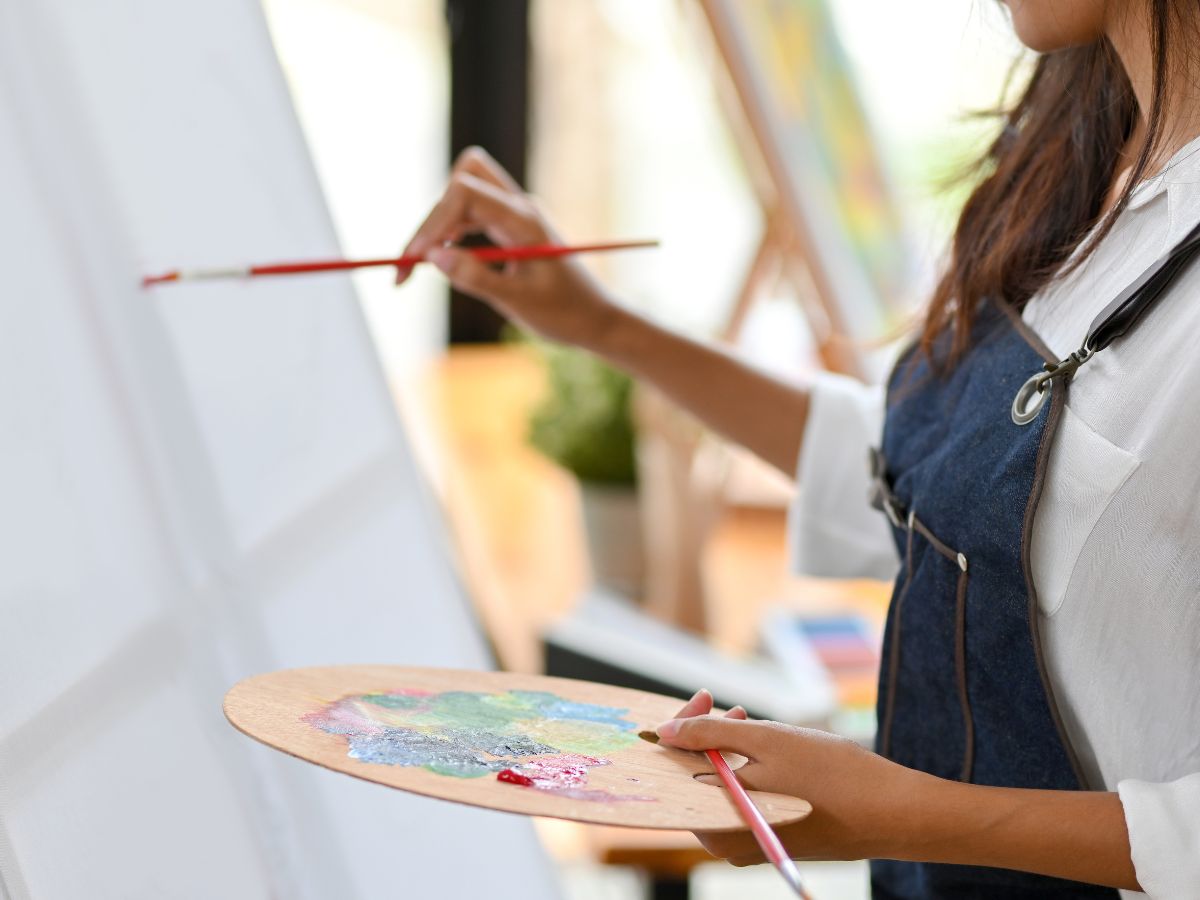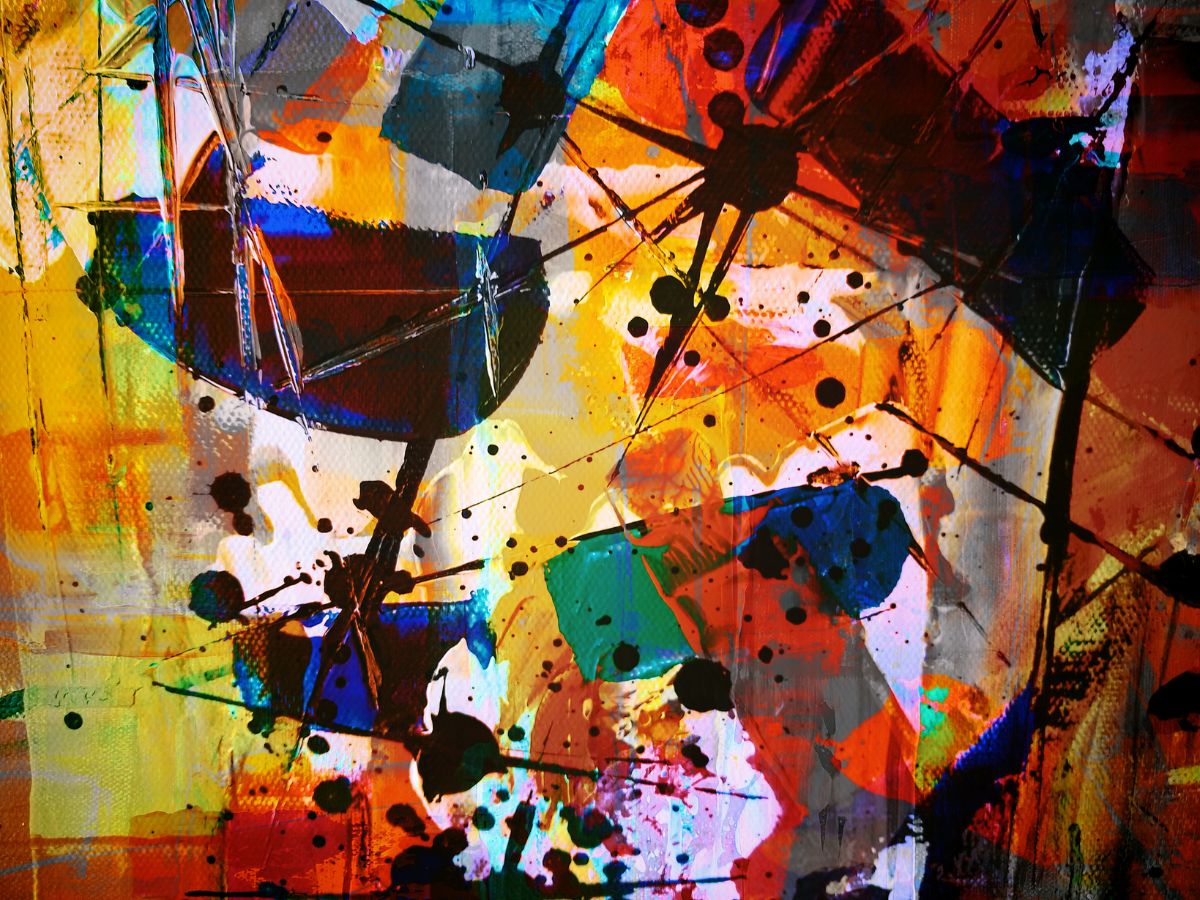
Abstract vs. Realism: Discovering Your Unique Artistic Voice
Choosing between abstract and realism styles can shape your artistic journey in profound ways. Each offers unique approaches to expression, technique, and viewer engagement. Let’s explore what these styles offer and how you might discover your unique voice within them.
Realism: The Art of Representing Reality
Realism captures the world as it is, with a focus on detail and precision. Developed in the 19th century, it was a reaction to the idealism of Romanticism and aimed to depict everyday life accurately and without embellishment.
Realist artists, like Gustave Courbet and Jean-François Millet, sought to portray subjects—whether people, landscapes, or objects—as authentically as possible.
If you’re drawn to realism, you might find satisfaction in the technique and patience it requires. Realist artists often focus on light, shadow, perspective, and texture to create depth and dimension, allowing viewers to experience the world through the artist’s lens. If you value structure and the meticulous study of forms, realism could be your pathway.
Abstract: Embracing the Essence Beyond Form
Abstract art, on the other hand, is less about replicating reality and more about capturing emotions, ideas, or interpretations through colors, shapes, and forms. This style emerged in the early 20th century, with artists like Wassily Kandinsky and Jackson Pollock breaking away from representation to explore the expressive potential of art without the constraints of realism.
Abstract artists aim to evoke emotion or provoke thought, often inviting the viewer to interpret the work through their own lens.
If you’re inclined toward experimenting with materials and creating unique forms, abstract art may resonate with your desire to express complex ideas or feelings that don’t conform to visual realism.
Finding Your Artistic Voice
Identifying whether realism or abstract art suits you starts with contemplation. Ask yourself questions about why you create: Are you drawn to conveying reality as you see it, or do you prefer expressing internal experiences? Understanding your artistic goals will help direct your exploration.
Experimenting with both styles can be enlightening. Try creating a series of artworks in each style, observing which approach resonates with you or conveys your intended message more effectively. You might discover that blending elements of both, a technique known as semi-abstraction, offers a middle ground where you can capture reality but with a unique, interpretive twist.
The Intersection of Personal Growth and Style
Ultimately, your style may evolve over time as you experiment and grow. Many artists, such as Pablo Picasso, transitioned between realism and abstract styles throughout their careers, allowing both approaches to influence their work.
Whether you gravitate toward realism’s structured detail or abstract’s expressive freedom, remember that your voice is unique. Each stroke, color choice, and form reflects who you are as an artist, providing an avenue to communicate your perspective to the world.
Exploring both abstract and realism will not only enhance your technical skills but also deepen your understanding of your own artistic vision. Enjoy the journey, and let each style guide you closer to discovering your artistic voice.


